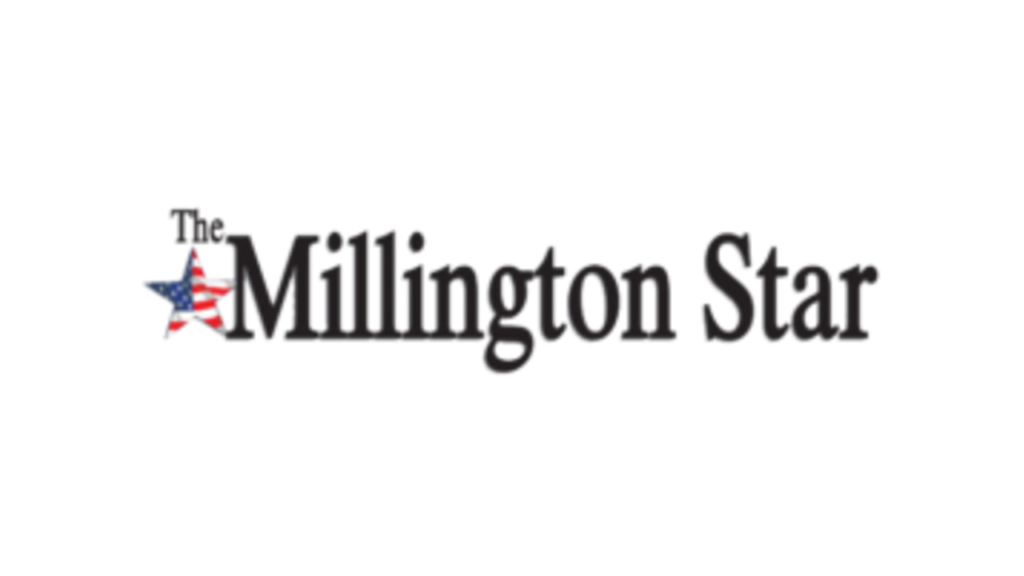 Menu
Menu
Star Staff Reports
Private loans bridge gap between college costs, other student aid Most college-bound students qualify for financial aid to help pay for their education, such as federal and state grants, scholarships and Federal Stafford and PLUS Loans. In addition, local scholarships are often available, according to KHEAA. A parent can also borrow a federal loan to help pay a child’s college costs. Those programs make it easier to pay for college. However, they may not cover all the costs. When that happens, many people turn to private student loans, also called alternative loans. The interest rates on private loans largely depend on the borrower’s credit rating. So, students and parents may have to pay higher interest rates than they would on federal student loans. In addition, many lenders require students to have a cosigner, and some require the college to certify that the student needs the loan. Students and parents are encouraged to do research before committing to any loan. They should compare the loans offered by various lenders to find the best possible deal. KHEAA is a public, non-profit agency established in 1966 to improve students’ access to college. It provides information about financial aid and financial literacy at no cost to students and parents. KHEAA provides the ThinkAhead Net Price Calculator to universities and colleges. The calculator, available on a school’s website, lets students and parents determine their out-of-pocket costs for attending that school. KHEAA also helps colleges manage their student loan default rates and verify information submitted on the FAFSA.
In addition, KHEAA disburses private Advantage Education Loans on behalf of its sister agency, KHESLC. For more information about Advantage Education Loans, visit www.kheslc.com.
Money Tips for Students, July 2015
College students should take
advantage of their meal plan
Many colleges require students to have a meal plan, especially if they live on campus. Meal plans vary among colleges, but most will give students a certain number of dining hall meals per week. Students may also be able to add flex dollars to use at the campus food court or other locations. The larger the school is, the greater flexibility students may have. Students who choose their meal plan carefully may be able to cut college costs by selecting the plan that is best for them, according to KHEAA. Most often, the meal plan will come out of students’ financial aid or their parents’ money if they’re footing the bill. Funds will be loaded on a card students swipe at on-campus cafeterias and restaurants. Students can waste a lot of money eating off-campus and even rack up credit card debt by charging food. Most meals on campus are already paid for through the meal plan, so students should eat on campus as much as possible. KHEAA is a public, non-profit agency established in 1966 to improve students’ access to college. It provides information about financial aid and financial literacy at no cost to students and parents. KHEAA provides the ThinkAhead Net Price Calculator to universities and colleges. The calculator, available on a school’s website, lets students and parents determine their out-of-pocket costs for attending that school. KHEAA also helps colleges manage their student loan default rates and verify information submitted on the Free Application for Federal Student Aid (FAFSA).
In addition, KHEAA disburses private Advantage Education Loans on behalf of its sister agency, KHESLC. For more information about Advantage Education Loans, visit www.kheslc.com.
Go to: Millington-News.com




